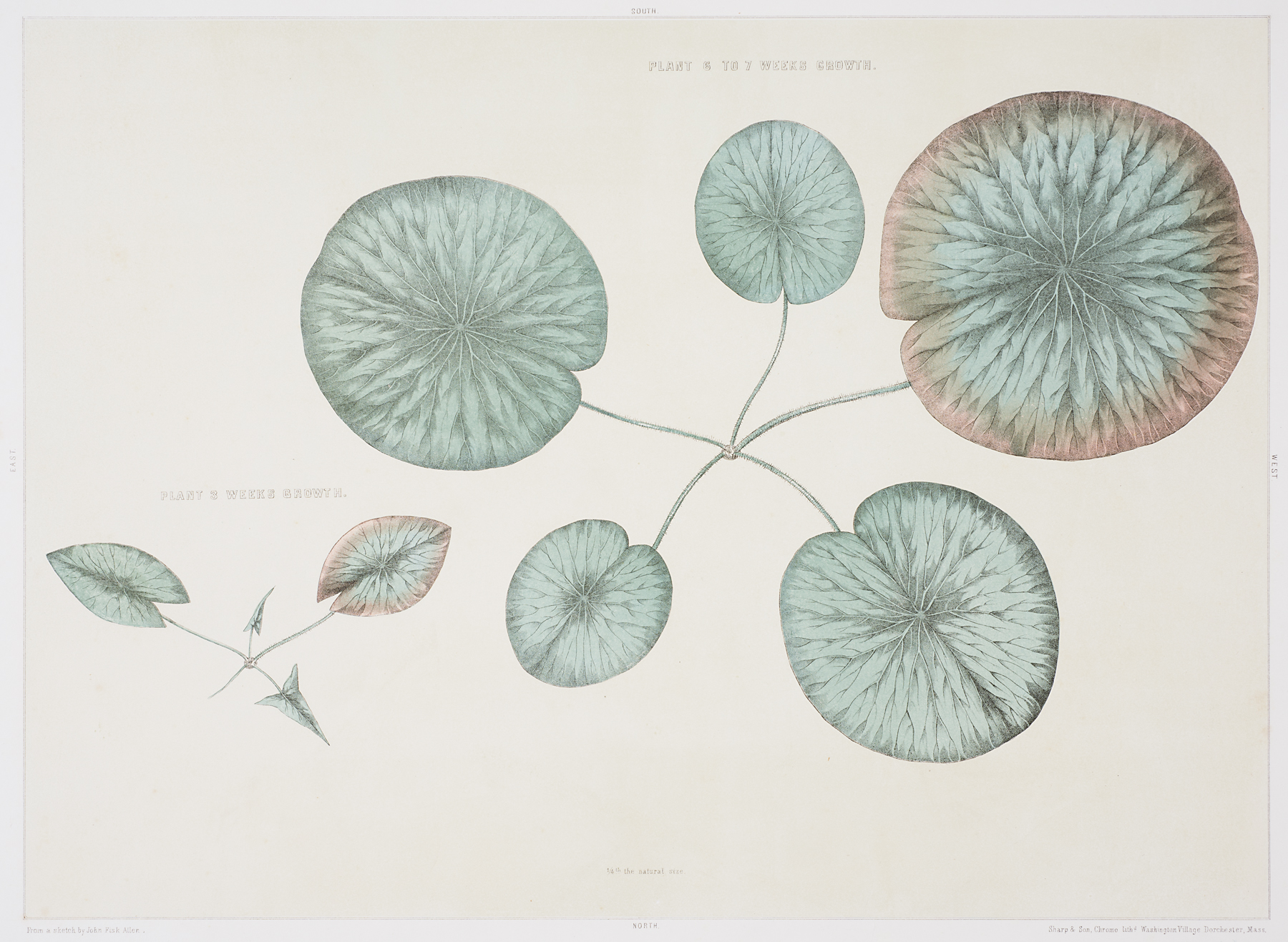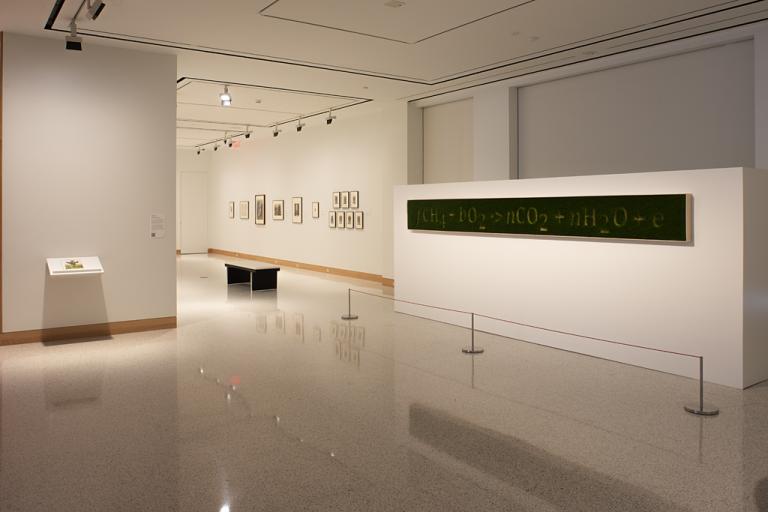untitled (young plants, frontispiece), William Sharp; John Fisk Allen
Artwork Overview
William Sharp, artist
1803–1875
John Fisk Allen, author
1785–1865
untitled (young plants, frontispiece),
1854
Portfolio/Series title: Victoria Regia or The Great Water Lily of America with a Brief Account of its Discovery and Introduction into Cultivation
Where object was made: United States
Material/technique: chromolithograph
Dimensions:
Image Dimensions Height/Width (Height x Width): 385 x 532 mm
Image Dimensions Height/Width (Height x Width): 15 3/16 x 20 15/16 in
Sheet/Paper Dimensions (Height x Width): 548 x 690 mm
Sheet/Paper Dimensions (Height x Width): 21 9/16 x 27 3/16 in
Mat Dimensions (Height x Width): 24 x 32 in
Image Dimensions Height/Width (Height x Width): 385 x 532 mm
Image Dimensions Height/Width (Height x Width): 15 3/16 x 20 15/16 in
Sheet/Paper Dimensions (Height x Width): 548 x 690 mm
Sheet/Paper Dimensions (Height x Width): 21 9/16 x 27 3/16 in
Mat Dimensions (Height x Width): 24 x 32 in
Credit line: Gift of Hirschl & Adler Galleries, Inc., New York
Accession number: 1999.0213.04
Not on display
If you wish to reproduce this image, please submit an image request



